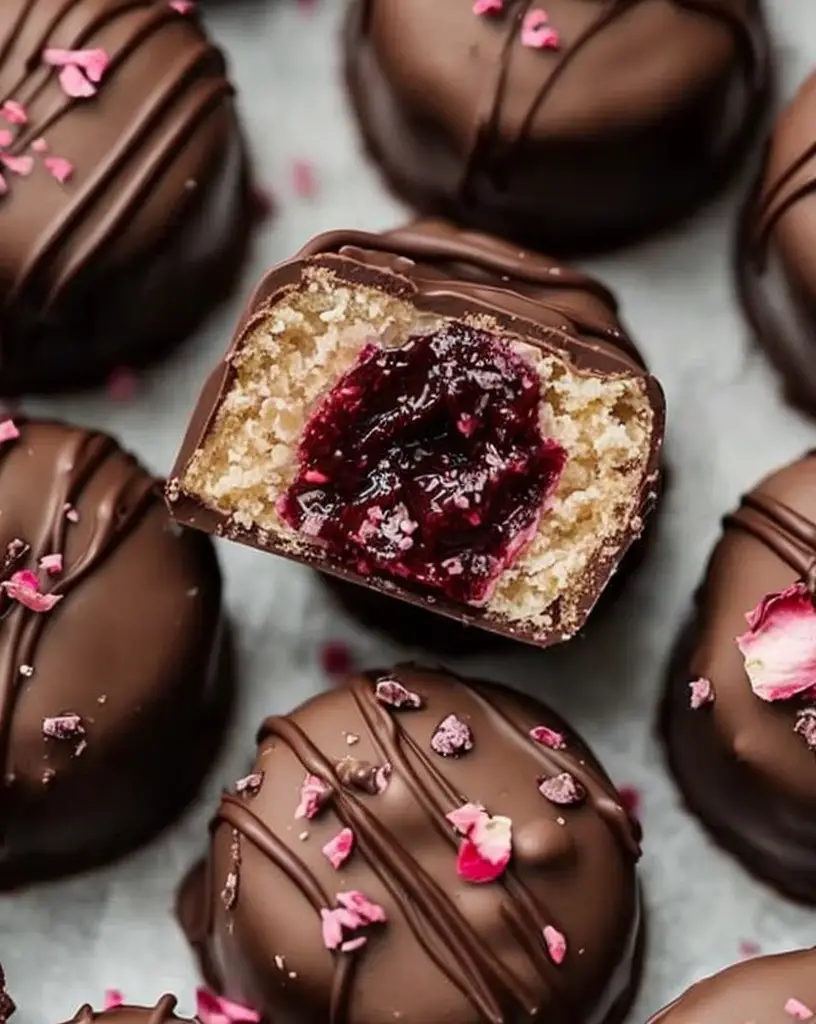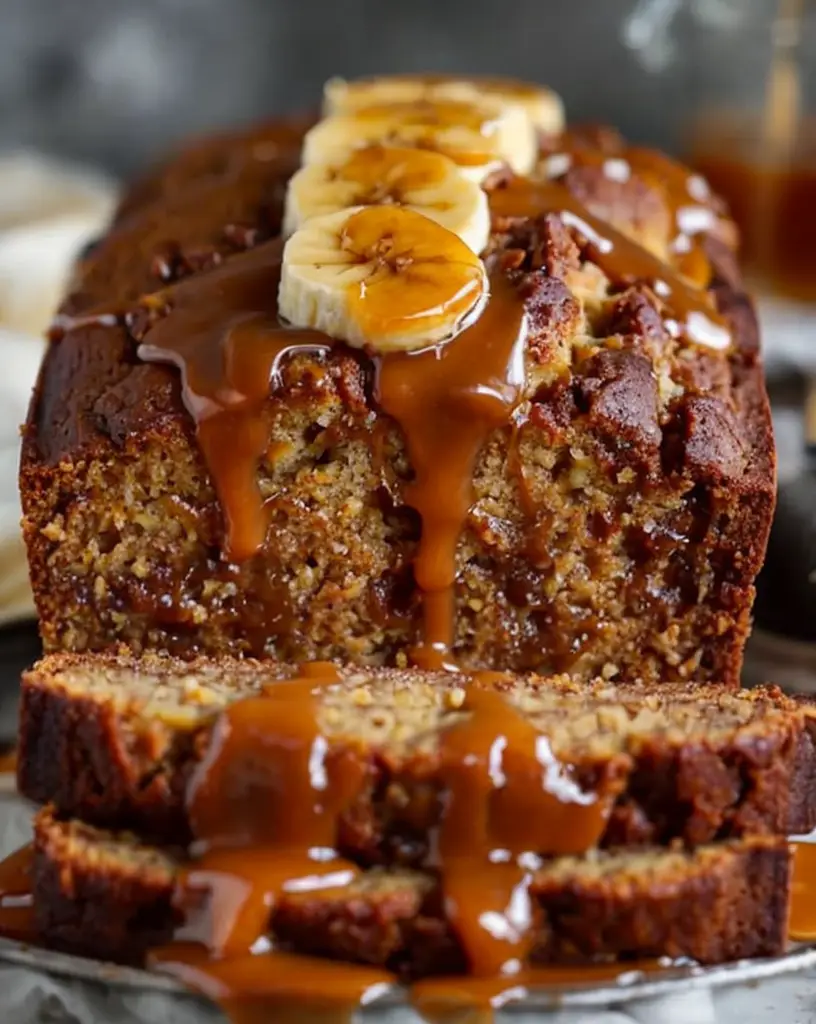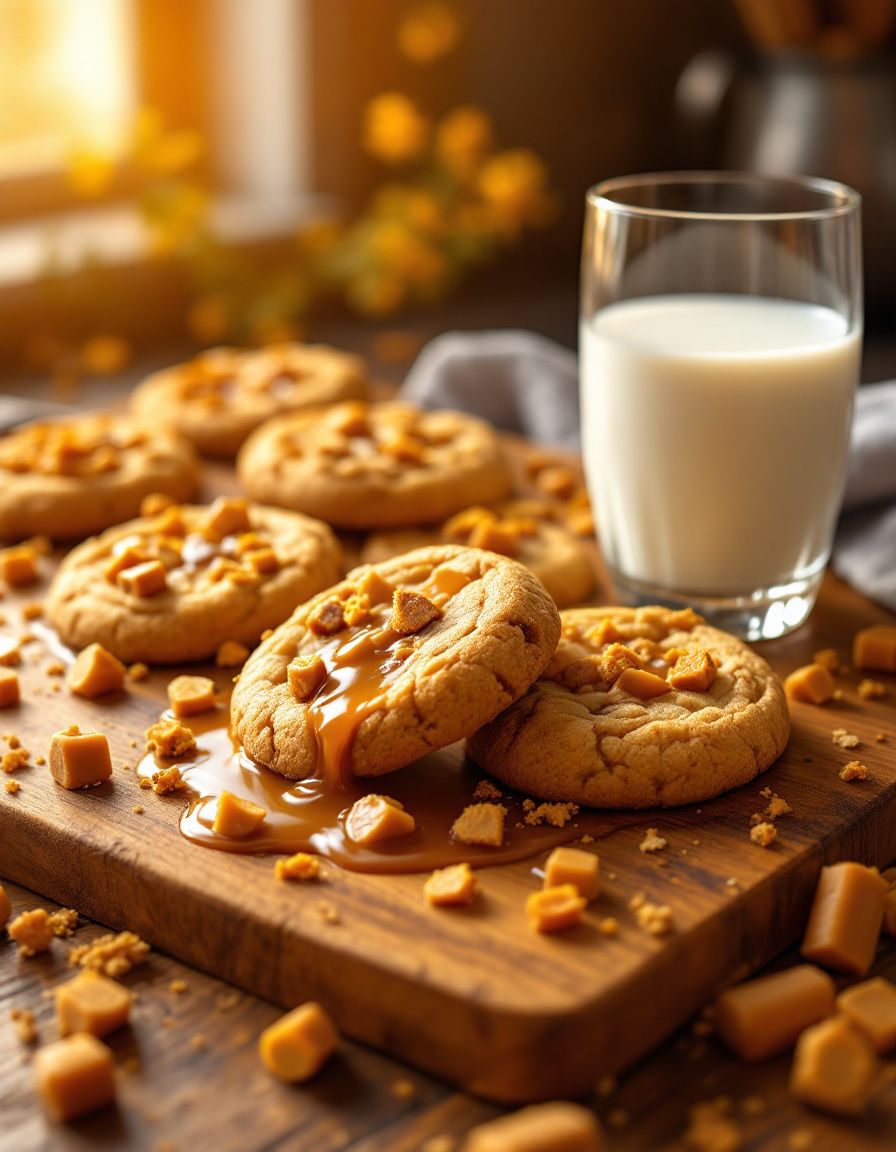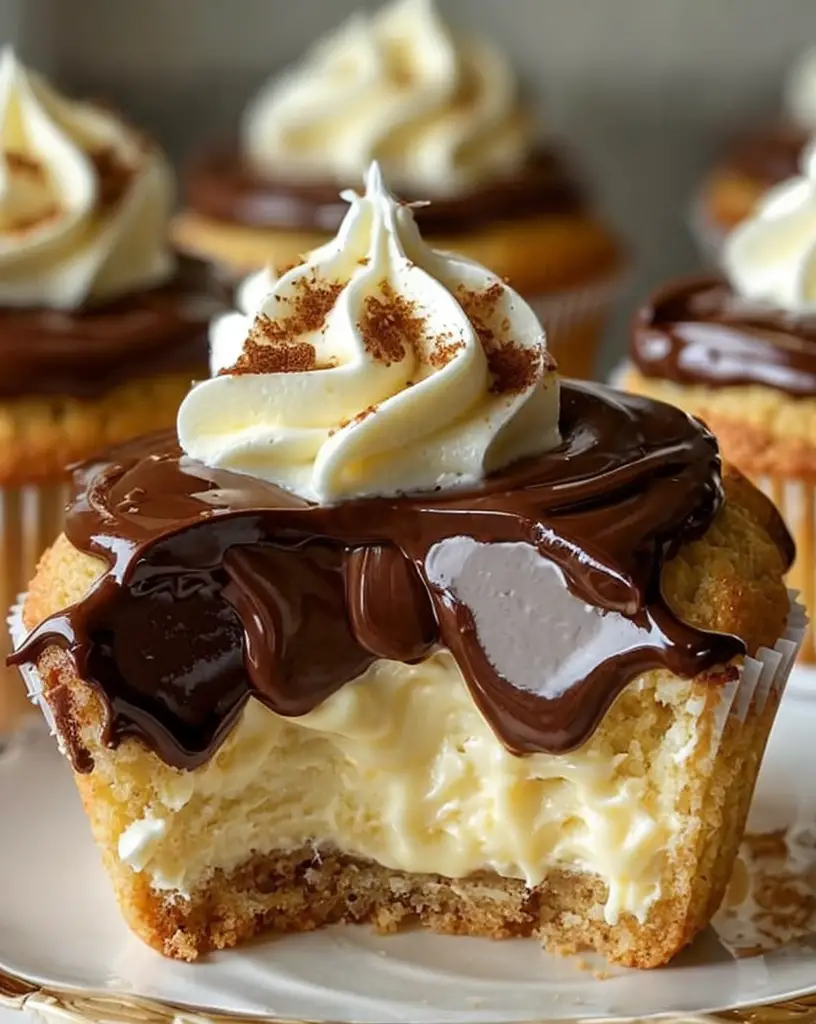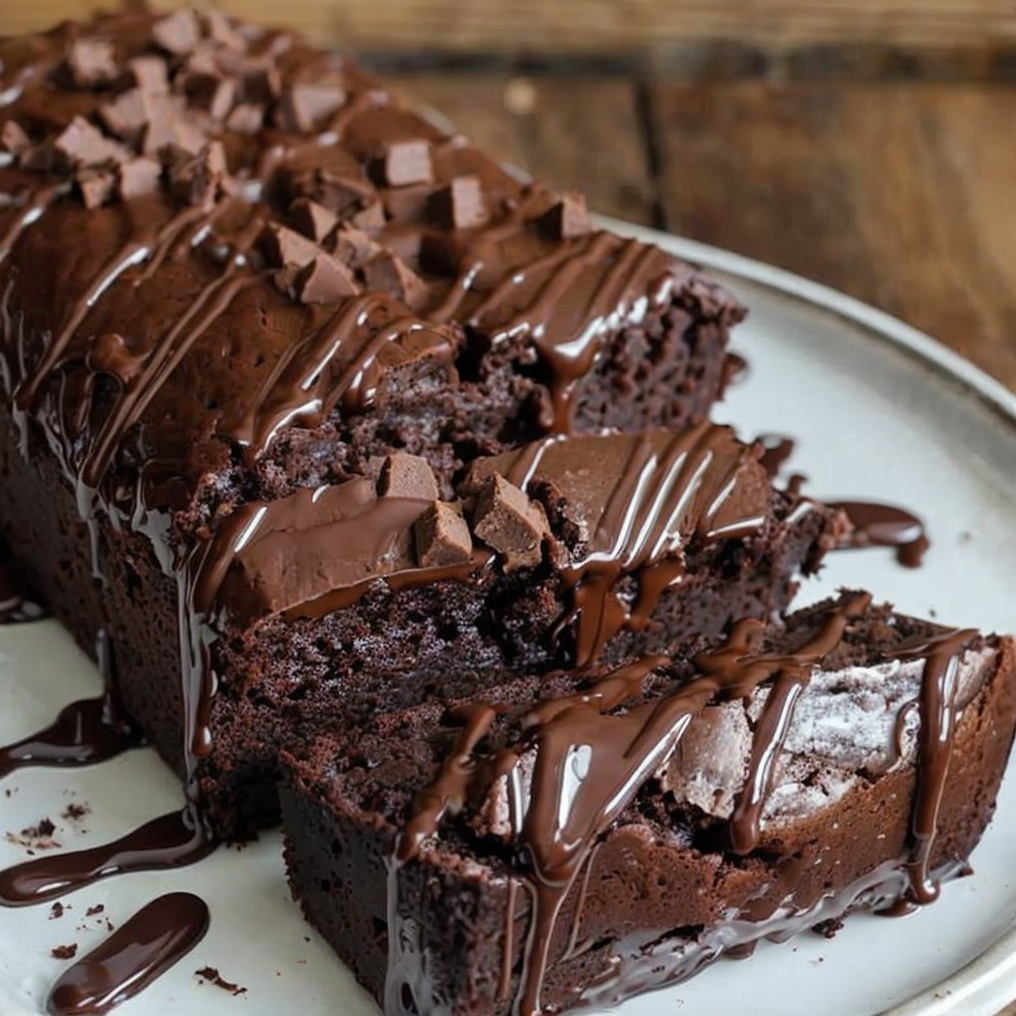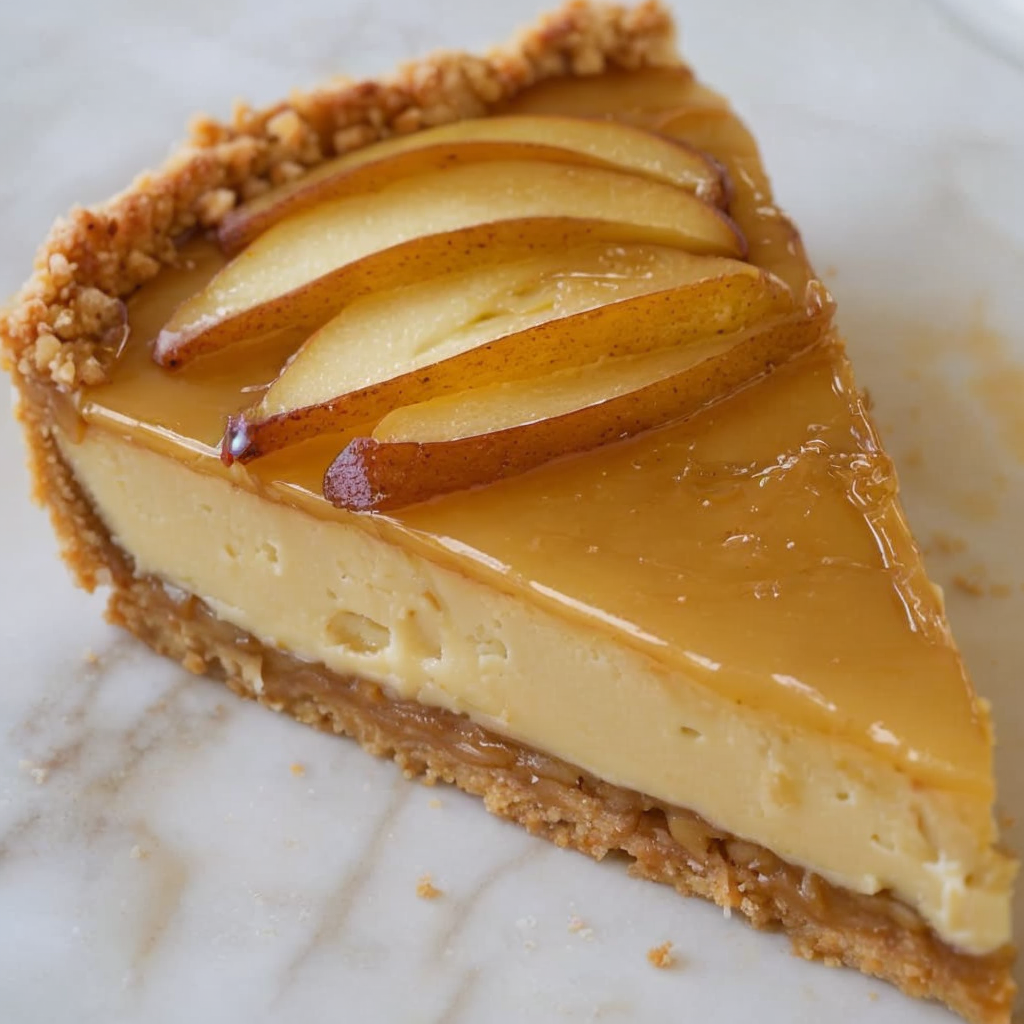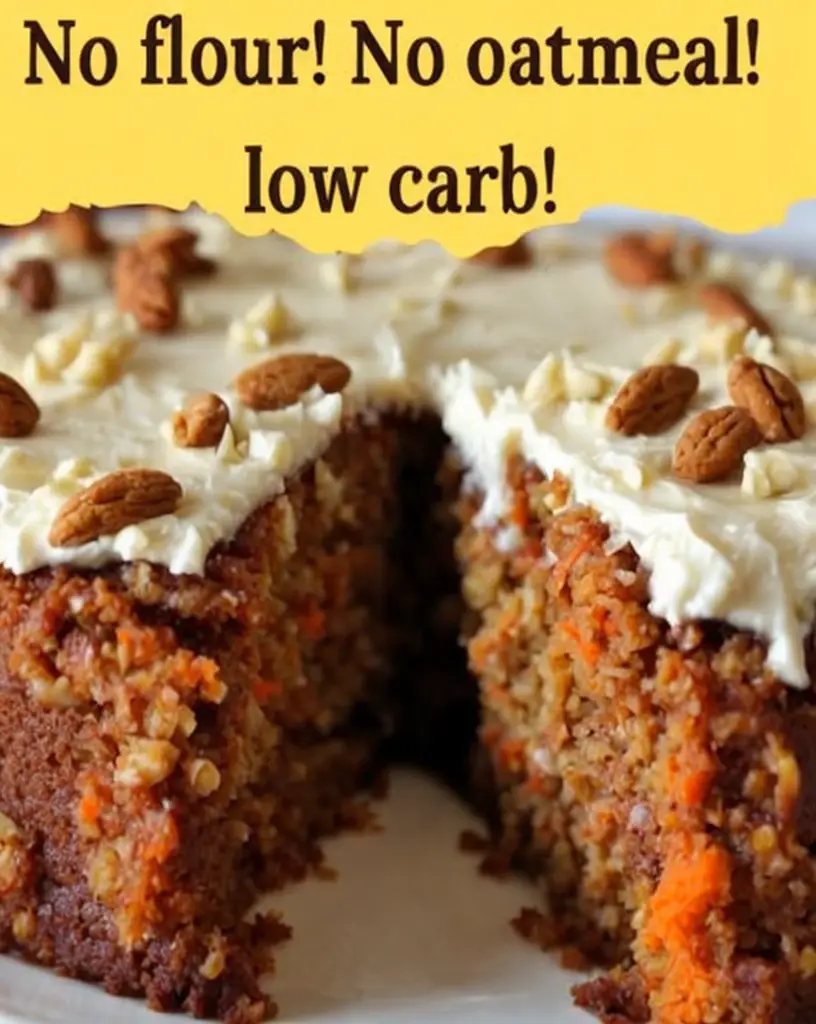Soft Levain Bakery NYC Cookies: The Ultimate Cookie Experience
Soft Levain Bakery NYC Cookies are a delight for any cookie lover. Imagine biting into a warm, gooey chocolate chip cookie that has crisp edges and a chewy center. These cookies balance sweet and salty perfectly, evoking a feeling of comfort and nostalgia. As you pull them from the oven, the chocolate melts slightly, creating an irresistible aroma that fills your kitchen and leaves you counting the minutes until they’re cooled enough to enjoy.
The secret of these Soft Levain Bakery NYC Cookies lies not only in the incredible flavor but also in their decadent texture. The dough is thicker than your average cookie, which contributes to the delightfully soft center. Each cookie is a perfect balance of rich chocolate and buttery goodness, ensuring that every bite provides a heavenly experience. Get ready for an unforgettable treat that will become a staple in your baking repertoire.
Quick Recipe Highlights
- Flavor Profile: These cookies boast a decadent chocolate flavor balanced with a hint of vanilla, enhanced by a light sprinkle of sea salt.
- Texture: Expect a delightful contrast between the crispy edges and the soft, gooey center that melts in your mouth.
- Aroma: The rich scent of butter and chocolate wafting through your home will have everyone rushing to the kitchen.
- Visual Appeal: The cookies have a perfectly browned exterior, and the melted chocolate creates a stunning look that tempts at first glance.
- Skill Level Needed: With just a few intermediate techniques, anyone can master these cookies and impress friends and family.
- Special Equipment: A large mixing bowl, baking sheet, and parchment paper are all you need to create these delectable cookies.
Recipe Overview
- Difficulty Level: This recipe is classified as intermediate due to the handling of the dough and the baking process, which requires precision.
- Category: These cookies make a fantastic dessert or snack that can also serve as a sweet treat for gatherings.
- Cuisine: Drawing inspiration from classic American bakeries, these cookies represent the modern cookie trend that values texture and flavor.
- Cost: The ingredients are relatively affordable, making it a budget-friendly choice for cookie lovers.
- Season: Perfect for any season, these cookies are particularly enjoyed in the winter months, providing warmth on chilly days.
- Occasion: Ideal for birthday parties, holiday gatherings, or simply as a treat for a casual afternoon, they are versatile to fit any occasion.
Why You’ll Love This Recipe
The taste and texture of Soft Levain Bakery NYC Cookies are undeniably delightful. Each bite gives a satisfying crunch followed by a soft, chewy interior filled with rich chocolate chips. The combination of flavors will tantalize your taste buds, making these cookies a standout in the world of baking.
Convenience is also a significant benefit of this cookie recipe. With simple ingredients and straightforward steps, you can have freshly baked cookies ready in under an hour. This allows for quick cravings to be satisfied without a lengthy process, making baking feel achievable and enjoyable.
In terms of nutrition, while cookies are a treat, using quality ingredients such as dark chocolate can provide some antioxidant benefits. By making these cookies at home, you have control over the ingredients, allowing you to make healthier choices to some extent.
During social gatherings, Soft Levain Bakery NYC Cookies serve as a fantastic conversation starter. Sharing home-baked cookies creates an inviting atmosphere, encouraging guests to relax and mingle, while enjoying the fruits of your culinary labor.
Moreover, these cookies are cost-effective. Most of the ingredients are pantry staples, and the quantities used yield a generous batch, allowing you to share and delight others without breaking the bank.
Historical Background and Cultural Significance
Soft Levain Bakery NYC Cookies have become iconic in the world of American baking. Their origins can be traced back to the Levain Bakery established in New York City, known for its thick, indulgent cookies that have created a loyal following. Fans of the bakery often describe its cookies as the epitome of gooey deliciousness, and they have influenced many home bakers across the nation.
Culturally, the rise of artisan baking, particularly in urban areas, has brought attention to quality and experience in food. The soft, artisanal cookie represents a shift in consumer preferences toward homemade, high-quality treats over mass-produced options. This cookie has sparked a baking revolution that emphasizes the importance of quality ingredients and craftsmanship.
Over the years, the recipe has evolved from its original form into various adaptations across bakeries and homes nationwide. Many bakers experiment with ingredients and flavors, adding spices or different types of chocolate, creating personal versions of the classic cookie.
Regional variations have also surfaced, as local bakers offer their unique spins on the classic recipe. Some incorporate local flavors or ingredients, resulting in a diverse array of cookie styles within the same base recipe.
Ingredient Deep Dive
Flour: Flour is the backbone of every cookie, providing the structure that holds it together. All-purpose flour is typically used for cookies, offering a great balance of gluten for chewiness, yet light enough for a tender crumb. Nutritionally, it’s a source of carbohydrates and provides energy. When selecting flour, look for a brand that is freshly milled for optimal flavor. Store flour in a cool, dry place to maintain its quality, and use an airtight container for longer shelf life. If you need a substitute, consider almond flour for a gluten-free option.
Butter: Butter adds richness and moisture to cookies, contributing to a tender and flavorful result. It also aids in achieving that lovely golden-brown color when baked. Culturally, butter is a symbol of indulgence in many baking traditions, from French pastries to American cookies. Nutritionally, butter is high in calories but offers fat-soluble vitamins like A and D. Always choose high-quality unsalted butter for baking. Store it in the fridge and keep any unused portions wrapped. For a lighter substitute, consider using applesauce or coconut oil, but this will alter the taste and texture.
Common Mistakes to Avoid
- Not measuring ingredients accurately: This can lead to too dry or too wet dough, which affects the final cookie texture.
- Using cold butter: Cold butter can prevent proper mixing, resulting in dense cookies instead of light and fluffy ones.
- Overmixing the dough: Overmixing can develop gluten too much, leading to tough cookies instead of the desired softness.
- Not chilling the dough: Skipping this step can result in cookies spreading too much during baking.
- Using expired ingredients: Old baking soda or flour can affect the rise and taste of the cookies.
- Baking at the wrong temperature: An oven that is too hot or too cold can be the difference between perfect and burnt cookies.
- Not allowing cookies to cool: Removing cookies from the baking sheet too soon can lead to them falling apart.
- Using the wrong type of chocolate: Chocolate is a key ingredient; using low-quality chocolate can diminish the overall flavor.
- Skipping the salt: Salt enhances the flavors in your cookies, and without it, they can taste flat.
- Neglecting to read through the recipe: Not reading the entire recipe can lead to missing steps or misunderstandings about ingredient order.
Essential Techniques
Measuring Ingredients: Proper measuring is crucial for baking success. Use precise tools like dry measuring cups for flour and liquid measuring cups for liquids. Make sure to level off dry ingredients with a knife for consistent results. Common pitfalls include scooping flour directly from the bag, leading to packed flour and inaccurate quantities. The visual cue for success is having a well-formed dough that isn’t too wet or dry.
Creaming Butter and Sugar: This technique helps create a fluffy texture and incorporates air for leavening. Start with room temperature butter and sugar, beating until light and fluffy, which usually takes about 2-3 minutes. Pitfalls include not using softened butter, which can lead to clumps instead of a smooth mixture. A good visual cue is the mixture turning pale and airy in texture.
Pro Tips for Perfect Soft Levain Bakery NYC Cookies
1. Always use high-quality chocolate chips; they make a noticeable difference in flavor and texture.
2. Chill your dough for at least 30 minutes before baking to help prevent excessive spreading.
3. Try to use room-temperature ingredients, which allows for better mixing and texture.
4. Experiment with different types of chocolate combinations for a more complex flavor profile.
5. For added depth, incorporate nuts or spices like cinnamon into the dough.
6. Bake on parchment paper for easier cleanup and to prevent sticking.
7. Don’t overbake! Aim for a golden color around the edges and slightly underbaked centers for the best results.
8. Let cookies cool on the baking sheet for a few minutes before transferring to a wire rack to finish cooling.
Variations and Adaptations
For regional variations, consider adding local flavors such as cinnamon for a twist on the classic cookie or incorporating seasonal ingredients like pumpkin for autumn.
For seasonal adaptations, switch up mix-ins based on availability; try dried cranberries during the winter holidays or coconut shavings in the summertime.
For dietary modifications, you can make these cookies gluten-free by substituting with almond flour and using dairy-free chocolate chips for a delicious vegan option.
Flavor variations could include adding orange zest or a dash of espresso powder to enhance the chocolate flavor subtly.
Texture modifications can be achieved by using different sugars, like brown sugar for a chewier cookie compared to granulated sugar for a crispier outcome.
Presentation alternatives include drizzling melted chocolate over the cookies or garnishing them with sea salt for an added touch of flair.
Serving and Presentation Guide
For plating techniques, arrange cookies on a rustic wooden board to showcase their homemade charm. Use a few decorative elements, such as sprigs of mint or edible flowers, to enhance visual appeal.
Garnishing ideas could include a light dusting of powdered sugar or chocolate shavings for a touch of elegance.
Traditional accompaniments like a cold glass of milk or a cup of coffee complement the cookies while contrasting flavors create an engaging experience.
In modern serving suggestions, consider serving them warm with scoops of ice cream for an indulgent dessert.
Be mindful of temperature considerations; enjoy cookies at room temperature for optimal softness.
For portion control, one cookie per serving is perfect for satisfying a sweet craving without overindulging, especially in social settings.
Wine and Beverage Pairing
A red wine like a merlot or Cabernet Sauvignon pairs exceptionally well with chocolate chip cookies, enhancing the rich flavors and offering a contrasting taste experience.
For non-alcoholic alternatives, consider pairing with hot chocolate or milk to balance the sweetness of the cookies.
Ketogenic dieters may enjoy a cup of herbal tea that complements the chocolate without overwhelming it.
Ensure beverages are served at the right temperature; hot drinks can amplify the delightful experience of enjoying warm cookies.
Presentation suggestions include serving beverages in fun, colorful mugs alongside a plate of the warm cookies for a cozy and inviting look.
Storage and Shelf Life
To store cookies, place them in an airtight container at room temperature to keep them fresh for up to one week, depending on moisture levels.
For long-term storage, consider freezing cookies in an airtight container or sealed freezer bag, which can extend their lifespan to about three months.
Be cautious of signs of spoilage; cookies will become hard and dry or might develop mold if left too long.
Reheating instructions are simple—pop them in the microwave for a few seconds for a warm delight, or place them back in a preheated oven briefly.
Also, avoid thawing frozen cookies at room temperature; instead, reheat from frozen for the best texture.
Make Ahead Strategies
To simplify baking, prepare your cookie dough ahead of time and store it in the refrigerator. This allows you to bake fresh cookies whenever a craving hits.
Consider freezing cookie dough scoops so you can take out only what you need, leaving the rest ready to bake at a later time.
Assess the quality impact of this method; freshly baked cookies are unbeatable, but pre-made dough can save time and minimize mess.
When assembling, ensure to shape the cookies before freezing, as the dough may require more time to bake from frozen.
Add fresh elements like sea salt or chocolate drizzle right before serving to enhance your cookies’ appeal without requiring additional time during preparation.
Scaling Instructions
For halving the recipe, use smaller amounts of each ingredient while keeping ratios the same for successful results.
Doubling or tripling the recipe is feasible; use larger mixing bowls and baking sheets to accommodate the increased volume.
Adjust your equipment based on the quantity; smaller batches may need to bake in separate rounds to ensure even cooking.
Timing modifications can vary; larger cookies may need additional minutes in the oven, while smaller ones may cook faster.
Lastly, remember that storing larger quantities requires appropriate container sizes to avoid spoilage.
Nutritional Deep Dive
Each cookie offers a delicious balance of macros, featuring carbohydrates from sugar and flour, a source of protein from eggs, and healthy fats from butter.
In terms of micronutrients, ingredients like eggs provide essential vitamins while chocolate contributes minerals like magnesium and iron.
Considering health benefits, dark chocolate offers antioxidants, making these cookies a slightly more nutritious treat when enjoyed in moderation.
Dietary considerations include the high sugar levels; adjusting portion sizes can help with weight management.
For those keeping calorie counts, enjoying smaller portions or sharing with friends can make indulgence feel less hefty.
Dietary Adaptations
To make these cookies gluten-free, utilize almond flour or a gluten-free baking blend while maintaining the same ratios for success.
For a dairy-free version, substitute regular butter with coconut oil or a vegan butter alternative that works well in baking.
A vegan twist is possible by replacing eggs with flaxseed or applesauce, ensuring the cookie’s structure remains intact.
Low-carb options can incorporate almond flour and erythritol or another sugar substitute for those following a keto diet.
Other specific diets, such as paleo, can also adapt this recipe using coconut sugar in place of refined sugars without losing the cookie essence.
Troubleshooting Guide
Common texture issues may arise from ingredient ratios being off; ensure accurate measuring for consistent results.
Flavor balance problems can often be resolved with a simple add of salt; it magnifies sweetness while reducing flat tastes.
Temperature problems, like cookies spreading too much or not cooking through, often relate to oven calibration or ingredient temperatures, so ensure room temperature items.
If using substitute ingredients, keep in mind they can alter the final cookie significantly; be cautious with swaps for best results.
Timing concerns during baking can be alleviated with regular checks on cookies, shortening every couple of minutes if they are baking unevenly.
Recipe Success Stories
The community’s enthusiasm for these Soft Levain Bakery NYC Cookies is palpable, with readers sharing feedback on their delightful experiences and love for the flavor.
Variation successes abound, as bakers post photos and ideas on how they have adjusted the recipe to include nuts or enjoy them gluten-free.
Adaptation stories often highlight unique ingredients that readers have experimented with, showcasing the flexible nature of the cookies to fit various tastes.
Many readers provide insightful photography tips, emphasizing the importance of presentation and light to showcase the beautifully baked cookies.
These success stories create a vibrant community around the iconic cookie recipe, fostering a sense of camaraderie among bakers.
Frequently Asked Questions
Can I freeze the cookie dough?
Yes, you can freeze cookie dough! Simply scoop dough into balls and place them in a freezer bag. They can be baked directly from frozen, adding a minute or two to the bake time.
How long do these cookies stay fresh?
These cookies generally stay fresh for up to one week at room temperature when stored in an airtight container. They can also be frozen for longer storage.
What can I use instead of chocolate chips?
Feel free to substitute with chopped chocolate bars, white chocolate chips, or even dried fruits like cranberries for a different twist!
What should I do if my cookies are too flat?
If your cookies turn out flat, often it’s due to using melted butter or not enough flour. Ensure butter is at room temperature and measure carefully next time.
Can I make these cookies vegan?
Yes! To make the cookies vegan, substitute butter with coconut oil and eggs with flaxseed meal mixed with water or applesauce for binding.
Is it necessary to chill the dough?
Chilling the dough helps prevent spreading and enhances the flavor. It’s quite recommended for the best texture.
Can I add nuts to the dough?
Absolutely! Chopped nuts like walnuts or pecans add a nice crunch and flavor to the cookies. Just combine them with the chocolate chips.
How do I know when they are done baking?
The cookies should be golden brown around the edges and slightly underbaked in the center. They will continue to cook on the baking sheet after removing them from the oven.
Which kind of flour is best for cookies?
All-purpose flour works great for cookies, providing the perfect balance of structure and texture. For gluten-free options, consider almond or oat flour.
Do I need any special tools for baking these cookies?
No special tools are required, but a quality baking sheet, mixing bowls, and good measuring tools will greatly enhance your baking experience.
Additional Resources
For those interested in baking, check out other cookie recipes that focus on various themes and flavors. Look for technique guides that delve deeper into baking science and principles behind each technique.
Explore ingredient guides for in-depth information about different types of flours and chocolates to elevate your baking skills.
For anyone new to baking, consider investing in reliable, top-quality equipment recommendations based on particular needs.
Finally, seek out seasonal variations to keep your baking fresh and relevant throughout the year, adding exciting twists to perennial favorites.
Join the Conversation
We encourage readers to share their recreations of Soft Levain Bakery NYC Cookies on social media to build a community filled with creative bakers.
Photography tips can help showcase your cookie masterpieces, encouraging engagement with fellow baking enthusiasts.
Don’t forget to leave reviews on your baking experience with this recipe to assist and inspire others.
Join the conversation about variations and experiments readers might have embarked upon, adding your unique twist to this beloved recipe.
Together, we can cultivate a community that celebrates every delicious byte of this amazing cookie experience!
The Recipe
Soft Levain Bakery NYC Cookies
Serves: 12 cookies
Prep Time: 20 mins
Cook Time: 15 mins
Total Time: 35 mins
Kitchen Equipment Needed
- Mixing bowl
- Baking sheet
- Parchment paper
- Measuring cups and spoons
- Electric mixer
- Cooling rack
Ingredients
- 2 cups all-purpose flour
- 1 cup unsalted butter, softened
- 1 cup brown sugar
- ½ cup granulated sugar
- 2 large eggs
- 2 teaspoons vanilla extract
- 1 teaspoon baking soda
- ½ teaspoon salt
- 2 cups chocolate chips
Directions
- Preheat your oven to 350°F (175°C) and line a baking sheet with parchment paper.
- In a large mixing bowl, cream softened butter, brown sugar, and granulated sugar until fluffy.
- Add the eggs, one at a time, and vanilla, mixing until fully incorporated.
- In another bowl, whisk together flour, baking soda, and salt.
- Gradually add the dry ingredients to the wet mixture, mixing until just combined.
- Fold in chocolate chips, ensuring even distribution throughout the dough.
- Using a cookie scoop, portion out the dough onto the prepared baking sheet, leaving space between each cookie.
- Bake for 12-15 minutes until golden brown on the edges. Let cool on the baking sheet for 5 minutes, then transfer to a wire rack to cool completely.
Recipe Notes
- Chill the dough for extra thickness if preferred.
- Feel free to mix in nuts for added crunch.
- Adjust bake times based on your oven’s accuracy.
- Experiment with different types of chocolate for varied flavor.

